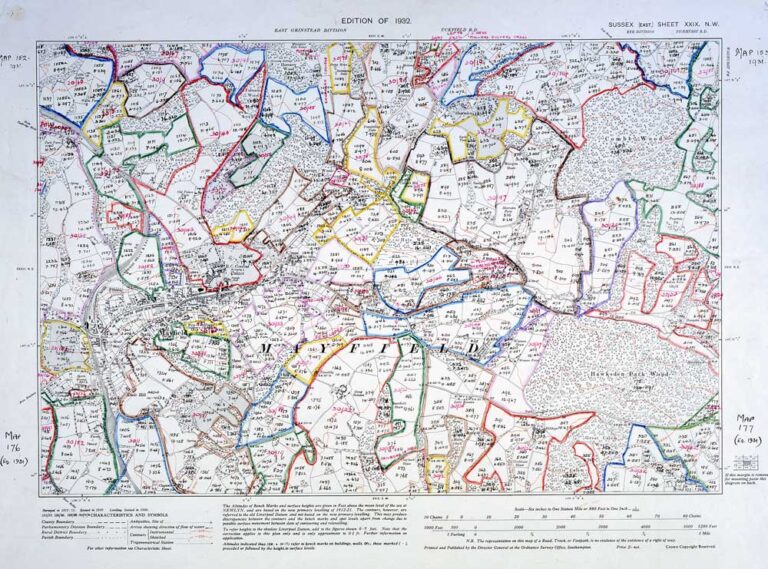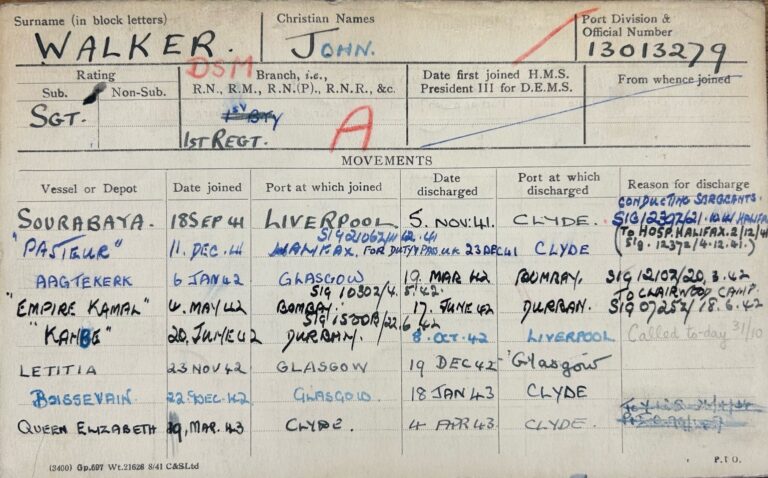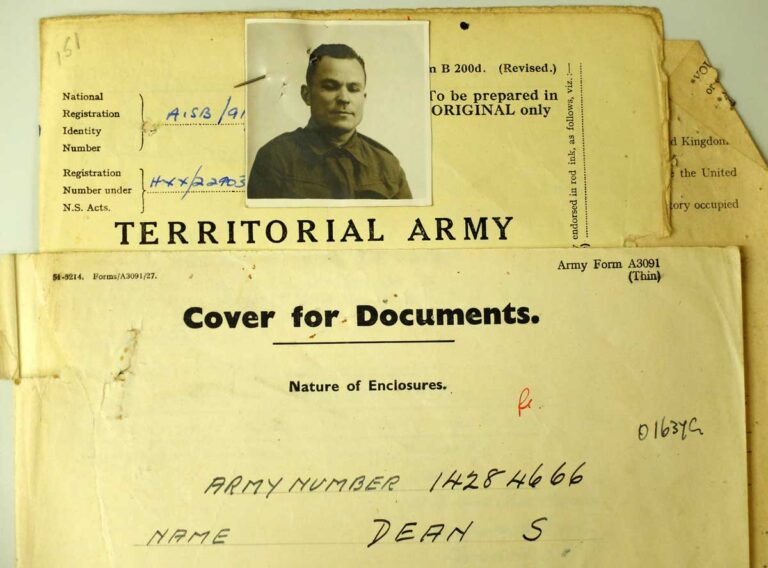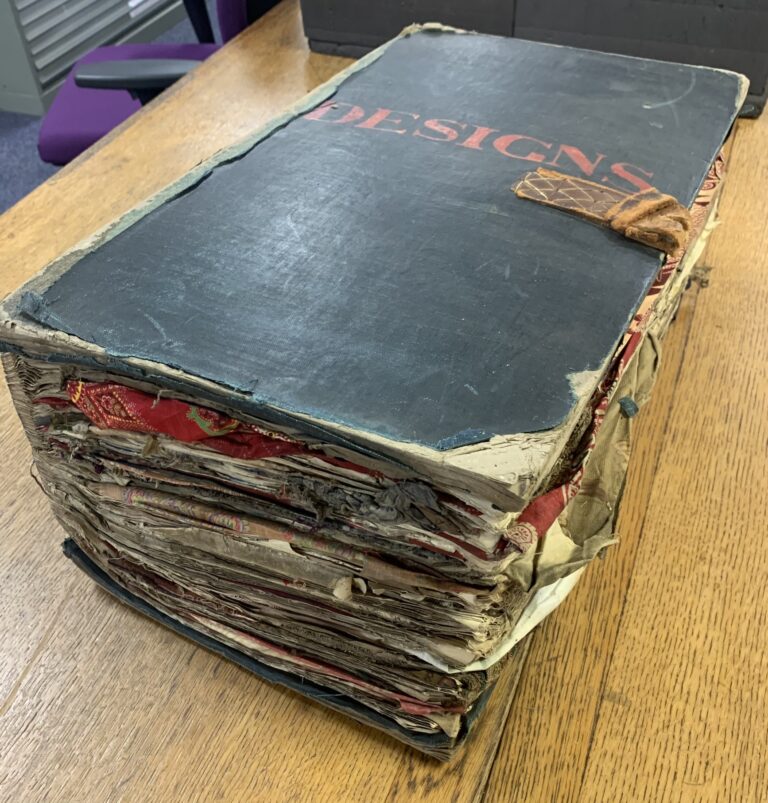This final week in November marks our annual celebration of a selection of cataloguing projects and other initiatives currently taking place across The National Archives. Catalogue Week is now in its fourth year as an online event and brings together a rich, varied selection of current or recently completed projects.
This year’s event features eight blog posts and recorded presentations covering an array of subjects and time periods. Colleagues from across the organisation focus on a diverse range of subjects, from ships’ cards of Defensively Equipped Merchant’s Ships, to designs registered for copyright protection in the nineteenth century, to charitable trust deeds discovered in the Chancery close rolls.
Dylan Bunyan and Samuel Smith provide an overview of their ongoing work on MAF 73, part of the current National Farm Survey Project, and describe some of the compelling details they’ve uncovered in their work to date.

Also included is an absorbing recorded presentation on CO 691 and the Non-Commemoration Programme in East Africa. The National Archives’ Elizabeth Haines and Commonwealth War Graves Commissions historians George Hay and John Burke describe how records held at The National Archives have thrown light on the lives and experiences of Africans during the First World War.
James Cronan’s blog on WO 435 focuses on a recently completed project that has catalogued by name all ships appearing in WO 435: Defensively Equipped Merchant Ships (DEMS).

Our military theme continues with two further blog posts. Jack Ord describes the ongoing cataloguing of WO 423: Army Other Ranks and Nurses service records. This timely overview describes what has been achieved so far and discusses the processes and challenges of cataloguing what is the largest series of military personnel tackled to date at The National Archives. Dr Jessamy Carlson also focuses on an ongoing cataloguing project as she discusses the expanding coverage of the WO 399 collections, which features a case study of Matron Mabel Whiffen RRC.

Charlotte Smith’s presentation on the Charitable Trust Deeds Project explores the creation, preservation and location of the charitable trust deeds found in the Chancery close rolls (C 54) and charts how cataloguing has altered these elements. Charlotte also describes how resulting catalogue metadata can be used for a range of innovative research purposes.
The vital role of the volunteer is highlighted in Olivia Gecseg’s blog on Transcribing BT 51: Designs for copyright protection, 1884–1888. Design copyright registers from the ‘design register’ volumes in BT 51 have been transcribed by volunteers and now link to visual representations of around 100,000 varied object designs, supplementing an existing database of design reaching back to 1839.

In his recorded presentation on Cataloguing the King’s (Queen’s) Messenger Service, Keith Mitchell, our Volunteer Project Office at The National Archives, discusses the Foreign Messenger Service records of the early 19th century and the project cataloguing Bills and Accounts from 1795–1852, which highlights travel costs, places travelled and perils faced.
We hope that there is something to meet all interests this week. I would like to extend my thanks to all the contributors who made this celebration of cataloguing projects and initiatives possible. Colleagues from across the organisation and our remarkable volunteers have made this event possible, and I hope that all our users enjoy the presentations and blog entries being made available.